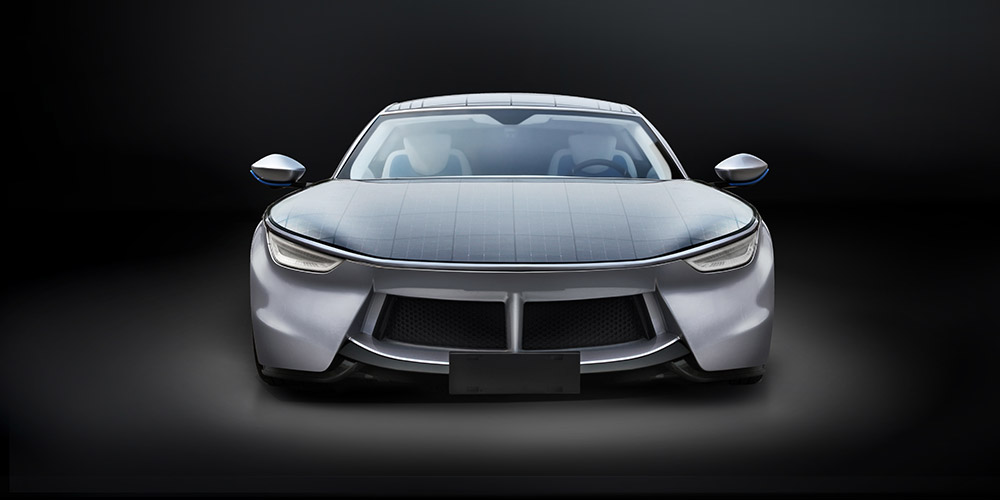The purpose of this paper is to analyze how rewiring a solar cell could increase the efficiency, and big efficiency numbers in solar module technologies are always exciting. However, the best value extracted from this document, is to see the broad building of knowledge that is occuring in advanced high efficiency solar cells.
The US Department of Energy’s National Renewable Energy Lab (NREL) has published Three-terminal III–V/Si tandem solar cells enabled by a transparent conductive adhesive. The document reviews a unique manner of connecting two solar cells together, which increases efficiency nearly 4%. The gains from this connection technique, using a transparent conductive adhesive of silver coated microspheres embedded in epoxy, are from increased sunlight on the surfaces of the cells and “negligible series resistance”. The solar cells lower resistance overall combined with greater solar sunlight hitting the cells were the drivers of the gains demonstrated in the below example cell.
The structure is compelling for a few reasons. First is the combination of two complete solar cells as seen in the below left image. The first of the two is a near standard silicon solar cell, and the top one is a more advanced multi-junction gallium indium phosphide solar cell. Multiple techniques already exist for connecting sells of these nature together, with each having unique properties – some good and some bad. For instance, another technique referenced for wiring these cells showed good contact but was non-ideal optically because each of the grids tying the cells together covers 5% of the solar cell area, leading to overall shading losses of 10%.
The document also delivers a high level review of the literature of other products in these experimental realms. For instance, two tandem terminal perovskite solar cells (remember making perovskite solar cells is like making fudge) have been successfully processed in conjunction with silicon cells hitting 25.0–25.4% in multiple studies. They also reference Oxford PV as focussing exclusively on perovskite/Si tandem cells and having recently reported 28%.
The highest tandem cell efficiencies have been achieved with four-terminal tandem devices in which two sub- solar cells are operated independently. The devices have hit efficiencies of up to 32.8% for two junctions and 35.9% for three junctions.
Popular content
There are multiple references in the document to benefit from this connection technique. For instance the material does not require patterning, can be worked at relatively lower temperatures of 150°C. As well, this material has “large microsphere diameter of 50 mm”, which allows it to contact to rough surfaces. Surfaces such as the saw damage-etched edges of a standard silicon solar cell or even already textured standard cells. This characteristic makes it compatible with many potential tandem sub-cells, thus enabling a wider variety of series-connected tandems.
If you really want to geek out on solar cell construction, read the paper in full (ask me for a copy that NREL provided pv magazine USA), and have your search window open to look things up.
This article was amended on 16/12/19 to remove the picture caption referred to in the comment below.
This content is protected by copyright and may not be reused. If you want to cooperate with us and would like to reuse some of our content, please contact: editors@pv-magazine.com.


Where are Screenshot 2019-12-10 at 8.48.17 AMScreenshot 2019-12-10 at 8.50.47 AM?
Hi Rumen, It would appear the picture caption you are referring to was mistakenly left in the copy when it was transferred over from our US site. Please accept our apologies for any confusion caused and the copy has now been amended.